Trying out some baking formulas from a French boulanger site, I’ve had mixed results with wet doughs. Known as eau de bassinage, it literally means to bathe, moisten or add water. Having trouble managing them, I queried some baker friends. Susan of Wild Yeast gave me this definition of bassinage:
“Well, as I understand it, eau de bassinage is water that is held back initially, then added if needed to make the dough the proper consistency. This is how they teach it at SFBI (although not called that), and yes, I think the consistency of the dough is most important. Better to adjust dough consistency with water than with flour!”
With a seeded baguette, no problem! But with a high extraction baguette, I had flat, unmanageable dough, flavorful but aesthetically ugly. On the next effort I tried to go for the feel rather than simply follow the formula. The last bread I tried is called “Triticum,” and for this I left out the eau de bassinage, judging that it was adequately hydrated.
As my baker friend Vincent Talleu joked, “maybe French flour is stronger?” Maybe. Flours behave differently in various places, from milling to flour types and proteins. For me, it’s still a trial by fire. Or, in this case, trial by water. It’ll tell you if it’s thirsty!
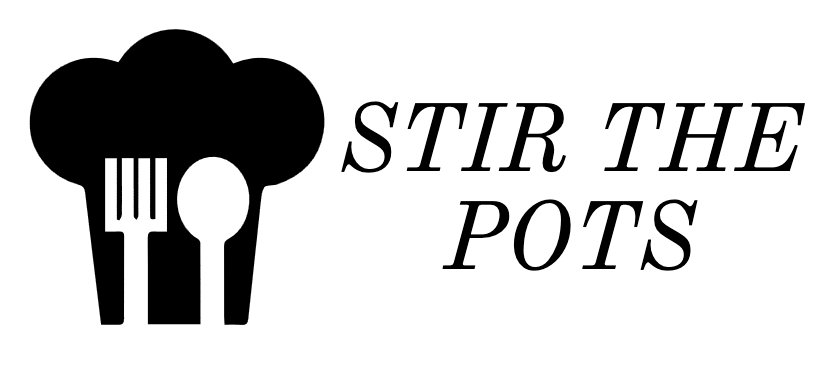
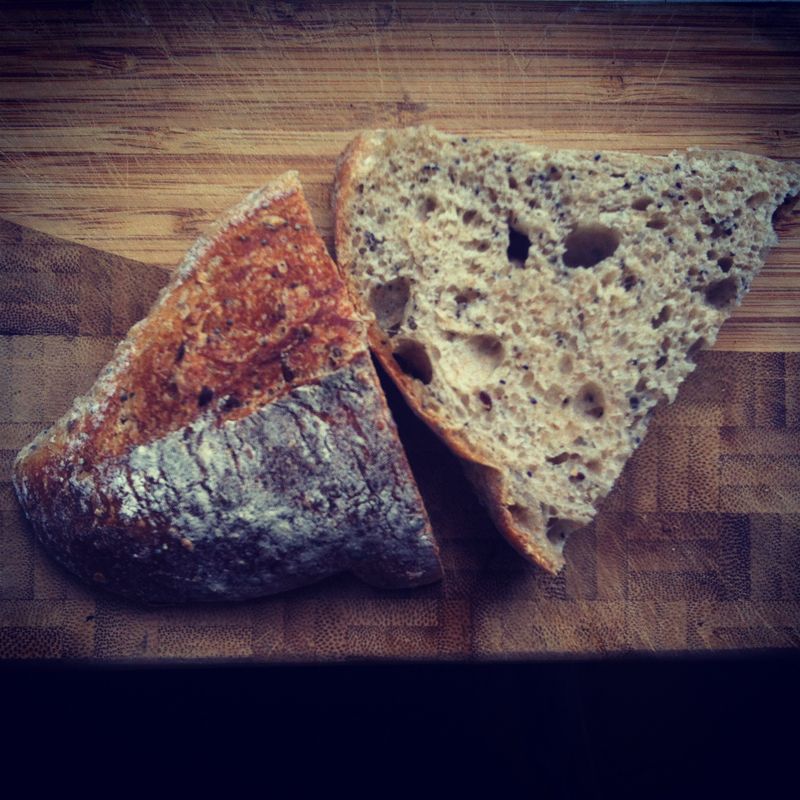
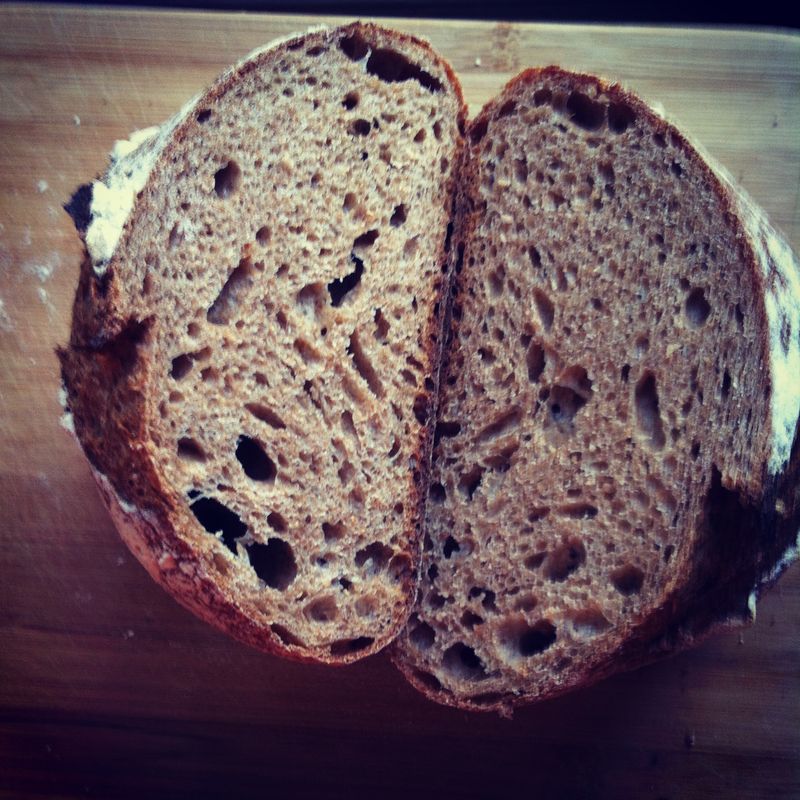
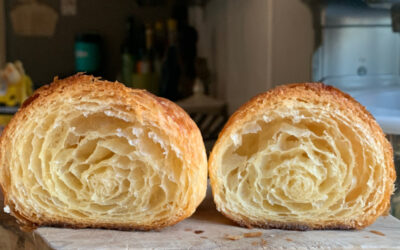
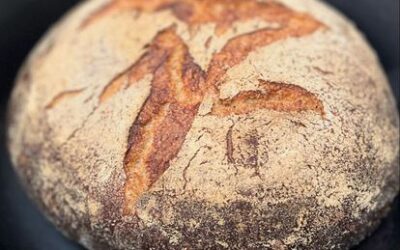

Jeremy,
I use this technique for my ciabatta dough. Think of it the same as holding out the fat in a brioche dough. The flour will have an optimum hydration for good gluten development and trying to put a lot more water in the dough from the beginning will hinder that development and require a much longer mixing time. But if you hold out the extra water until after you have fully developed the gluten, you can add it in. It then becomes suspended in the gluten structure, much the same way the fat is, rather than being absorbed by the proteins. This is what gives the very open structure to a ciabatta.
Your triticum is a very nice looking loaf and indeed is adequately hydrated, but if you look at the picture from the French site, theirs is more open. While not exactly a ciabatta, it has a very open hole structure for this type of bread, which is where the extra water comes in.
Try it again, develop it well with the water you used, then add more water, a little at a time on slow speed. It should mix in. Then mix at high speed until you have a cohesive dough again. Think the whole time about a brioche dough and the changes it goes through as you add the butter into the well developed dough.
Have fun, this looks like a bread worth trying!